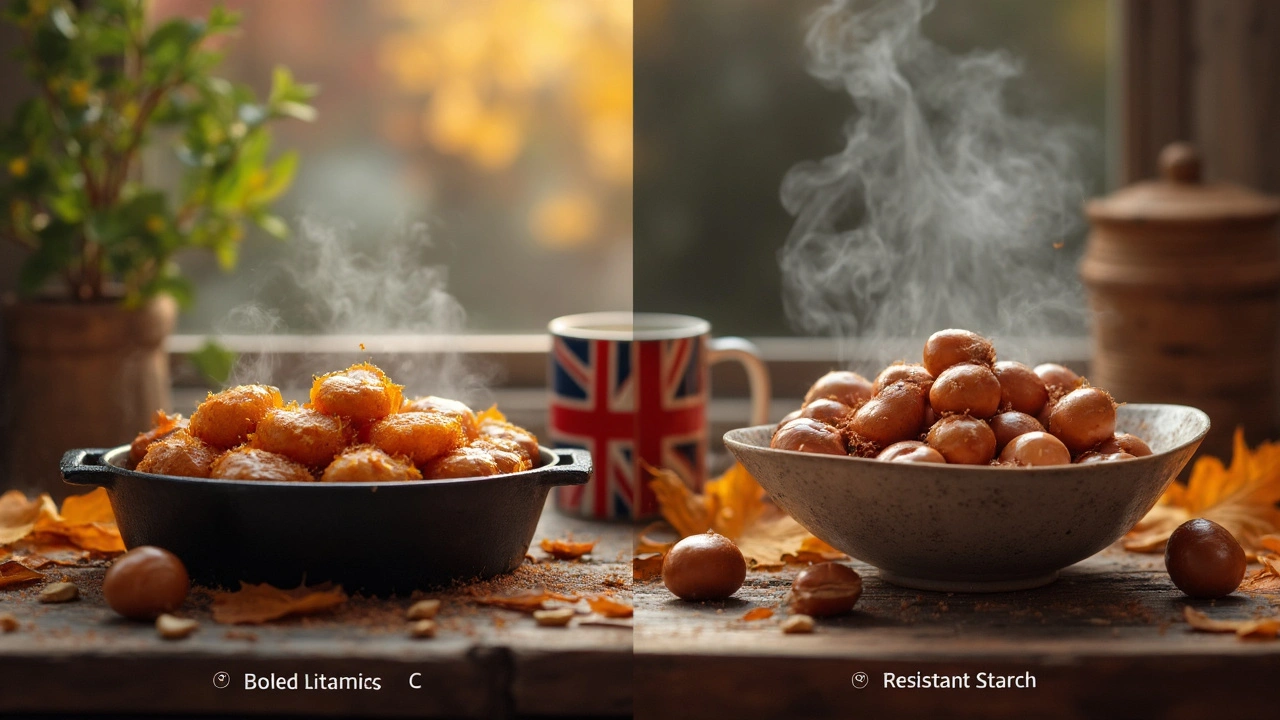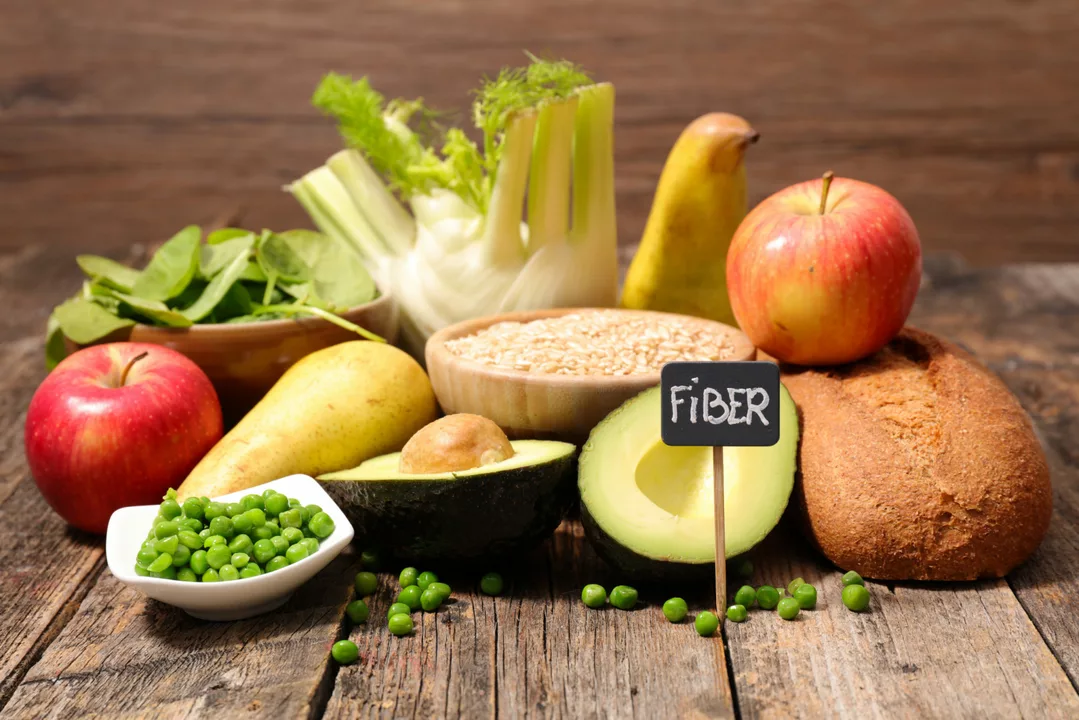Nutrition tips that actually change what you get from food
You can get more or less of a vitamin just by how you cook the same food. That matters when a morning choice — roasting chestnuts or boiling them, reaching for an apple or a bran cereal — changes how your body uses what you eat. This page pulls simple, useful advice from real food science so you can make small swaps that add up.
Quick tips for cooking and nutrients
Vitamin C is heat-sensitive and water-soluble. If you boil foods, some vitamin C can spill into the cooking water. Roasting or steaming with skins on usually keeps more of it. For chestnuts, roast them if you want a slightly higher dry-weight vitamin content; boil then cool if you want a softer texture and don’t drink the cooking liquid.
Resistant starch acts like fiber in the gut and forms when starchy foods cool after cooking. That means cooked-and-cooled potatoes, rice, or chestnuts can offer more resistant starch than the same food eaten hot. To boost resistant starch: cook normally, chill in the fridge, then eat cold or gently reheat. That’s an easy trick to improve blood sugar response and feed good gut bacteria.
Keep portions and balance in mind. A cooking method that protects vitamins may change texture and taste — pick the one you’ll actually eat. If you want both vitamin retention and resistant starch benefits, try short steaming to preserve nutrients, then cool the food before eating.
Fiber choices for bowel health
Not all fiber works the same. Soluble fiber—found in oats, apples, bananas, and psyllium—absorbs water and can firm up loose stools. Insoluble fiber—found in wheat bran, raw veggies, and whole nuts—adds bulk and can speed bowel movements, which might worsen chronic diarrhea for some people.
If you’re managing chronic diarrhea, start with small servings of soluble fiber and increase slowly. Try plain oat porridge, mashed banana, or a teaspoon of psyllium mixed into water once a day. Drink more fluids as you add fiber so it can work properly in your gut.
Watch medication interactions and causes. Some drugs and infections cause diarrhea; fiber helps in many cases but won’t fix infections or side effects. If symptoms last more than a few days or you see blood, fever, or severe pain, get medical help.
Practical combos: pair a boiled-then-cooled chestnut or cold rice bowl with a side of stewed apples or oats for a meal that mixes resistant starch and soluble fiber. Small, predictable changes like this help you control symptoms and get more nutrient value without major diet shifts.
Use these ideas as simple experiments. Try one swap per week, note how you feel, and adjust. Nutrition is a set of small choices that add up — and cooking method is one of the easiest places to start making better choices today.

Levant Berry Supplement: Benefits, How It Works & Real-Life Results
Discover how Levant Berry, a powerful natural supplement, can boost your health with antioxidants, support immunity, improve skin and energy, and what the science says.
view more
Roasted vs. Boiled Chestnuts: Vitamin C and Resistant Starch Benefits Compared
Ever wondered whether roasted or boiled chestnuts are healthier? This detailed breakdown explores how each preparation method affects vitamin C and resistant starch content, with a focus on nutrient retention. Get practical tips, scientific facts, and new ideas for using this classic autumn snack. You'll learn how cooking choices change its nutritional value and get handy ways to maximize its health benefits. If you care about getting the most out of your food, this guide makes it easy and fun to decide how to cook chestnuts.
view more
The Role of Fiber in Managing Chronic Diarrhea: What to Eat and What to Avoid
As a blogger, I've recently explored the role of fiber in managing chronic diarrhea. I discovered that consuming soluble fiber, found in foods like oat bran, barley, and apples, may help absorb excess water in the colon and alleviate diarrhea. However, it's important to avoid insoluble fiber, found in foods like wheat bran and veggies, as it can make diarrhea worse. Gradually increasing fiber intake and drinking plenty of water can help adjust the body to the changes. Always remember to consult with a healthcare professional before making significant dietary changes.
view more




